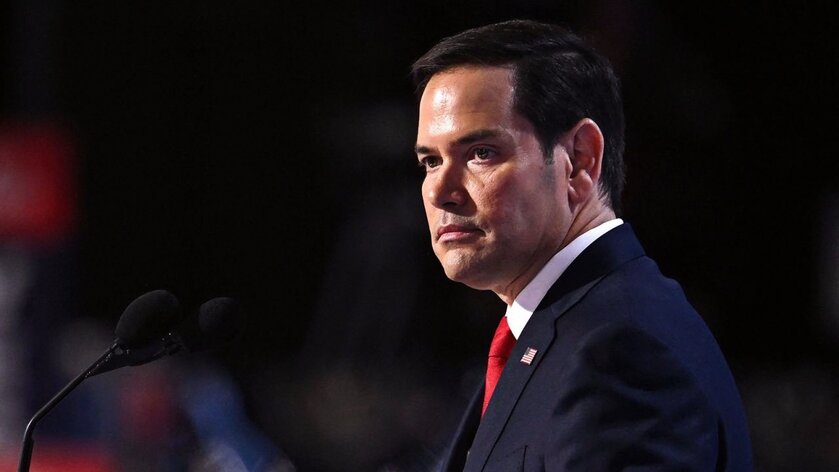The United Kingdom has implemented the censorious Online Safety Act(OSA), which requires age verification to access certain content, including adult material and other potentially harmful content. This law, which came into effect on Friday mandates that platforms such as X, Meta, Reddit, Bluesky, and others implement "strong age checks" to prevent children from accessing inappropriate content.
Platforms must filter out "harmful content" for users under 18, including sexually explicit material, content encouraging dangerous behaviors, and hate speech based on protected characteristics.
Some platforms have already begun enforcing these "highly effective" measures, while others are in the process of rolling them out.
Platforms hosting adult content or "harmful material" must implement robust age checks, such as facial scans, government-issued ID uploads, or payment card verification, moving beyond self-reported age checkboxes.
The UK regulator Ofcom oversees compliance, with penalties for non-compliance including fines up to $23 million or 10% of a platform’s global revenue (whichever is higher) and, in severe cases, court-ordered site blocking or restrictions via ISPs or payment providers.
Reddit has introduced age verification for UK users, requiring them to upload a government-issued ID or take a selfie to verify their age. This is part of the platform's compliance with the OSA, which aims to prevent children from accessing mature content. Some users argue that Reddit’s compliance without legal challenge compromises user privacy, as sensitive data is handled by third parties.
Bluesky has started rolling out age verification for its UK user base, requiring users to confirm they are over 18 to access direct messaging or view adult content.
X is also introducing age estimation technology and ID checks for underage users. If X cannot confirm a user is 18 or older (e.g., via profile birth date, time of sign up, email etc), it defaults users to sensitive content filters, blocking access to adult material.
Meta claims its platforms already comply with the OSA due to their strict no-nudity or no-pornography policies. Instagram and Facebook use a “teen account” feature for users under 18, providing an age-appropriate experience with restricted content and features. The social media giant claims it employs a multilayered age-checking system, including self-reported ages and algorithmic detection, but has not detailed new measures specifically for the OSA. Ofcom will assess whether these meet the act’s requirements.
Pornhub parent company Aylo has committed to “government-approved” age assurance methods but has not specified details. Unlike its withdrawal from France due to similar laws, Aylo praised Ofcom’s approach, suggesting compliance in the UK.
Discord offers UK users face or ID scanning for age verification, limiting access to adult content for unverified or underage users.
XVideos is currently accessible without age checks, with its owner, WGCZ Holdings, opposing the OSA, predicting significant user loss. It’s unclear if they will comply.
Critics, including privacy advocates, warn of risks like data leaks, phishing, and increased surveillance due to third-party age verification tools collecting sensitive personal data.
Ofcom acknowledges that determined users, particularly teenagers, may bypass restrictions using VPNs, though platforms are discouraged from promoting such workarounds.
OSA has already led to the blocking of immigration protest videos, indicating that the law is being applied to a broader range of content beyond just adult material.
Critics argue the OSA’s vague definitions and proactive content moderation requirements could lead to over-censorship, affecting discussions on platforms like X, forums, or Discord. Small sites may struggle to comply, potentially exiting the UK market, while larger platforms can afford tailored compliance systems.
Users and advocates, including the Open Rights Group and Electronic Frontier Foundation, express concerns about data privacy, citing risks of leaks or hacking from third-party age verification providers.
Smaller sites face disproportionate compliance costs, potentially leading to market exit, while larger corporations like Meta or Aylo can absorb costs, raising concerns about market consolidation.
The OSA is seen as a model for other anti-free speech countries like France and Australia, which are implementing similar age verification laws. The European Commission is also exploring EU-wide age verification, with France trialing measures.















